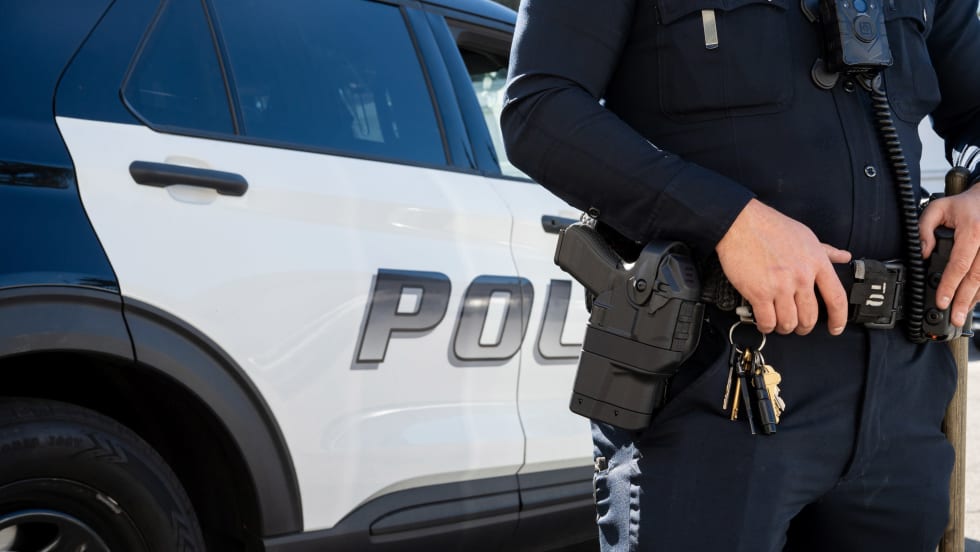"The whole idea of these projects is that you literally take a picture of the gang graffiti or a hazardous materials placard with a mobile phone and then the system interprets the images," says Edward J. Delp, a professor of electrical and computer engineering at Purdue.
The projects are being introduced as GARI, for Gang Graffiti Automatic Recognition and Interpretation, and MERGE, for Mobile Emergency Response Guidebook.
This work is funded by the U.S. Department of Homeland Security Science and Technology Directorate (S&T) and is part of the Visual Analytics for Command, Control and Interoperability Environments Center of Excellence (VACCINE), which is headquartered at Purdue.
"Having university researchers in the centers work directly with potential user organizations allows S&T to identify real problems and then to move technological solutions into the field quickly," says Joseph Kielman, DHS program manager for VACCINE. "Nurturing such partnerships means that the research is already primed to respond as needs arise, rather than being developed anew."
VACCINE and Purdue are collaborating with the Department of Public Safety Division of Homeland Security to bring this technology to the Indianapolis Metropolitan Police Department to interpret gang graffiti. Over the last eight months VACCINE researchers have worked with IMPD officers on the gang-graffiti system, says Timothy F. Collins, managing director of VACCINE.











